Start Growing Animal Feed: A Beginner’s Guide to Homesteading
- March 5, 2024
- 3 comment
As the morning dew settles on the lush expanse of my farm, I find myself reflecting on the journey that has led me to this moment. The past few days have been a whirlwind of activity, marking significant progress towards a goal I set for this summer: growing food to sustain the diverse array of animals that call this place home.
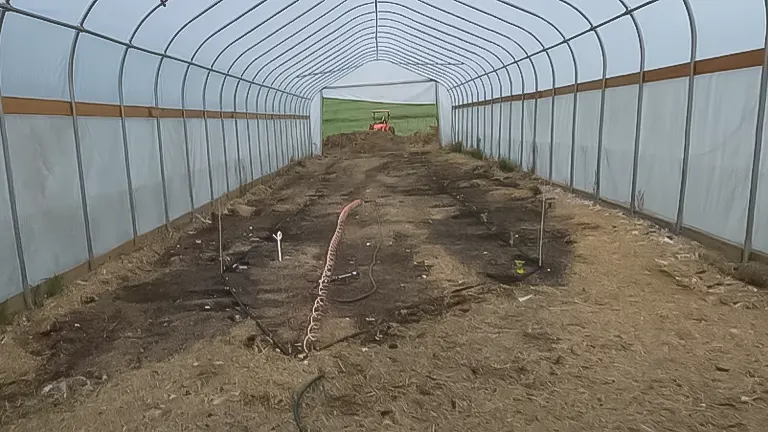
From the ducks waddling in their pens to the cattle grazing peacefully in the fields, each species plays a vital role in the farm’s ecosystem. This initiative is not just about reducing costs or ensuring organic feed; it’s about forging a deeper connection with the land and the cycles of life that sustain us.
Table Of Content List:
- Diverse Crop Selection
- Seasonal Planning and Planting
- Sustainable Crop Rotation
- Organic Practices
- Efficient Watering Systems
- Utilizing Animal By-Products
- Adaptive Problem-Solving
- Community and Sharing Knowledge
8 Types of Homesteader’s Growing Animal Feed Guidelines
Here are the 8 Guidelines I’ve established for this endeavor, each a stepping stone towards creating a self-sufficient, harmonious farm:
1. Diverse Crop Selection
The choice to cultivate a variety of crops caters directly to the intricate dietary requirements of each animal species on the farm. This strategic diversity in crop selection—from the protein-laden pumpkins destined for the nourishment of birds and cattle, to the energy-packed oats and buckwheat—ensures a comprehensive, balanced diet for the farm’s inhabitants.
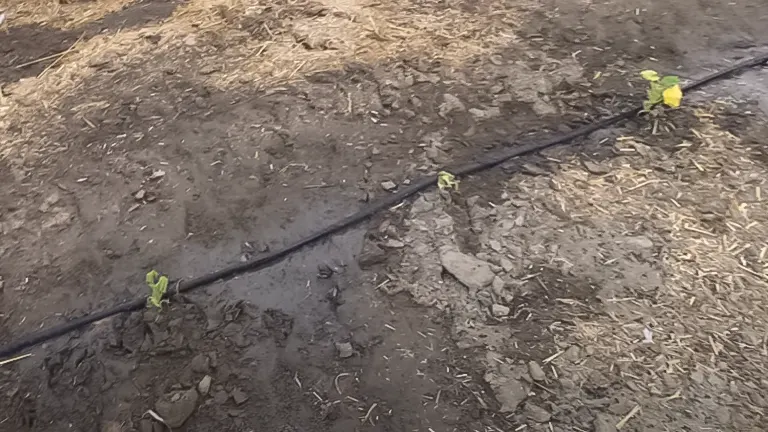
This approach is not only about meeting the basic nutritional needs but also about enhancing the overall health and productivity of the animals. By mimicking the variety found in natural diets, this method promotes a more resilient and sustainable agricultural practice, encouraging a healthier ecosystem on the farm.
2. Seasonal Planning and Planting
The critical importance of timing in the agricultural calendar has been a hard-earned lesson, emphasizing the necessity of aligning planting schedules with the rhythm of the seasons and the specific requirements of the farm’s animals.
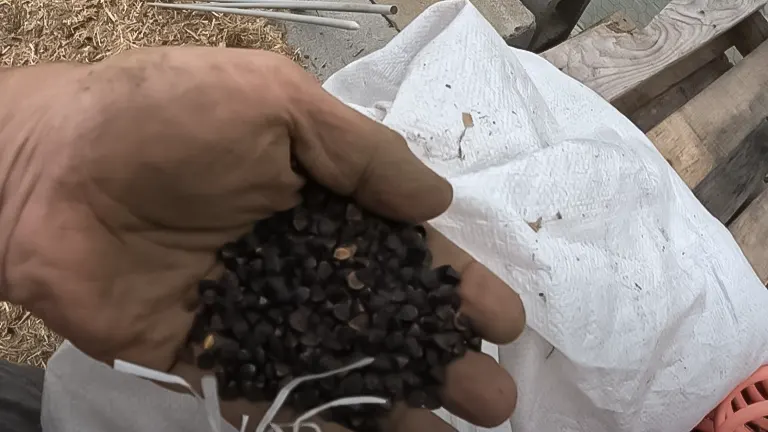
This meticulous planning involves delaying or advancing the sowing of seeds to ensure their optimal growth and viability, thereby maximizing both yield and nutritional value.
Seasonal planning and planting take into account the unique growth cycles of each crop, the changing weather patterns, and the strategic timing for harvest to ensure a steady supply of fresh, nutritious feed throughout the year.
3. Sustainable Crop Rotation
The practice of rotating crops within the hoop coop and the broader farm ecosystem plays a pivotal role in maintaining soil health and fertility.
By alternating the types of crops grown in a particular area, this method prevents the depletion of essential soil nutrients, disrupts the life cycles of common pests and diseases, and promotes a balanced soil ecosystem.
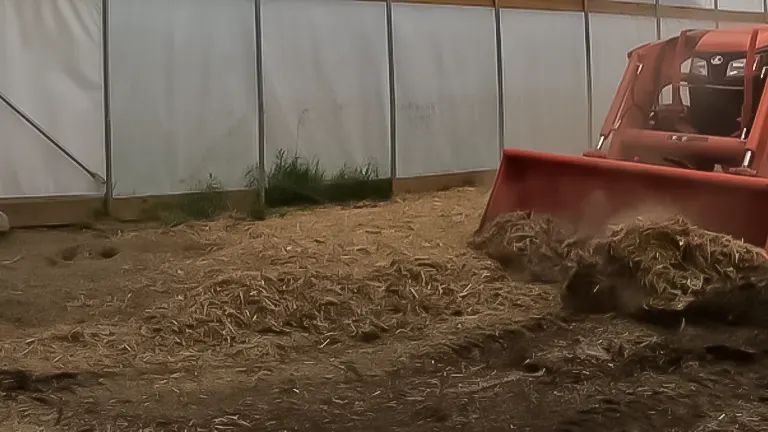
Sustainable crop rotation is a cornerstone of regenerative agriculture, ensuring that the land can continue to produce abundantly without resorting to chemical inputs, thus preserving the farm’s productivity and the health of its soil for future generations.
4. Organic Practices
The commitment to organic farming practices—eschewing synthetic fertilizers and pesticides in favor of natural composting techniques and biological pest control—underscores a dedication to preserving the ecological balance of the farm.
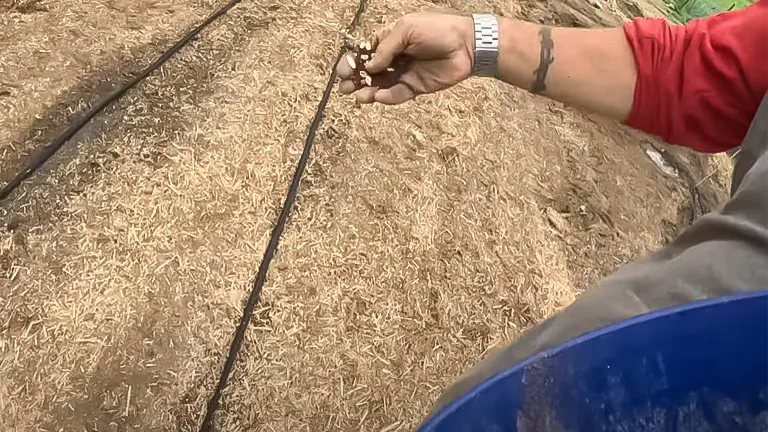
This holistic approach ensures that the food grown for the animals is not only rich in nutrients but also free from contaminants that could harm their health or the environment.
By fostering a diverse, balanced ecosystem, organic practices support a cycle of renewal and vitality that benefits the soil, plants, animals, and the overall sustainability of the farm.
5. Efficient Watering Systems
The introduction of efficient watering systems, such as drip hoses and the consideration of a more uniform sprinkler setup, highlights the importance of responsible water management.
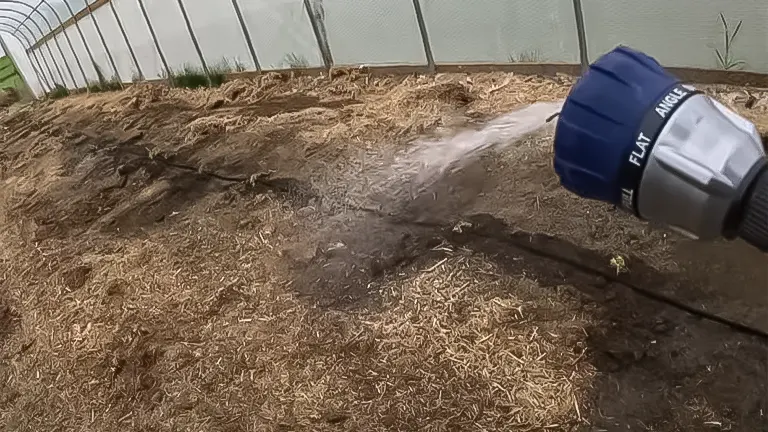
These systems are designed to deliver water directly to where it is most needed, minimizing evaporation and runoff and ensuring that crops receive the hydration necessary for optimal growth.
By optimizing water use, these systems not only conserve a vital resource but also contribute to the health of the crops, which in turn supports the dietary needs of the farm’s animals.
6. Utilizing Animal By-Products
The transformation of animal waste into nutrient-rich compost embodies the principles of a closed-loop system, where waste products are recycled back into the farm’s ecosystem as valuable inputs.
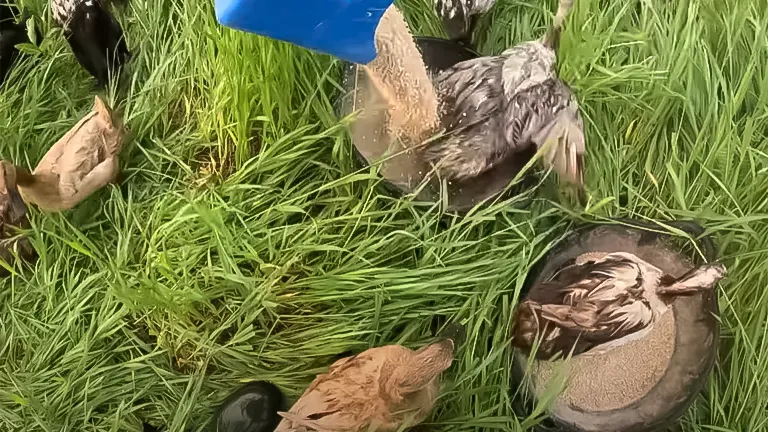
This practice not only reduces the environmental impact of waste but also enhances soil fertility, creating a virtuous cycle that promotes the growth of healthy, nutrient-dense crops.
By harnessing the natural processes of decomposition and nutrient cycling, the farm leverages its by-products to support its productivity and sustainability.
7. Adaptive Problem-Solving
Confronted with challenges such as the need for a more mobile watering system for the birds, the farm’s approach to problem-solving emphasizes flexibility and innovation.
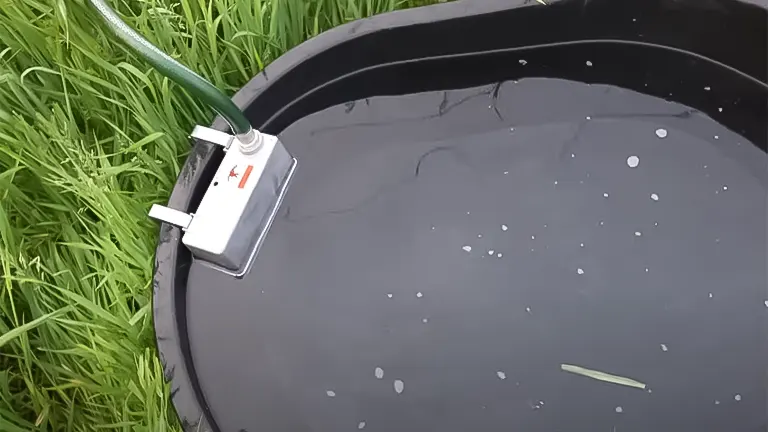
Each obstacle encountered is an opportunity to develop creative solutions that enhance the farm’s resilience.
This adaptability is crucial in navigating the uncertainties of farming, allowing for continuous improvement and the ability to respond effectively to changing conditions and needs.
8. Community and Sharing Knowledge
The unexpected yet invaluable role of community in the journey of sustainable farming has revealed the power of shared experiences and collective wisdom.
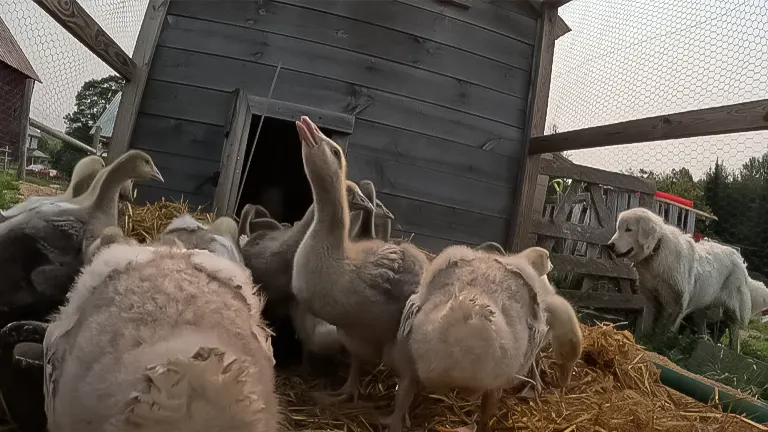
By engaging with a wider audience—sharing the successes, challenges, and lessons learned—the farm fosters a sense of solidarity and support that enriches its practices.
This exchange of knowledge not only strengthens the farm’s own approach but also contributes to a larger dialogue about sustainable agriculture, inspiring others and promoting a more resilient and interconnected food system.
Reflecting on the Harvest
As I wander through my hoop coop, now lush with the greens of buckwheat and the vibrant yellows of blooming pumpkin flowers, I can’t help but feel a deep sense of satisfaction. This was more than just planting seeds in the ground; it was about creating a self-sustaining cycle that nourishes every creature under my care. The ducks, geese, and chickens will feast on the pumpkins and peck at the buckwheat groats, turning them into eggs and meat that nourish my family and community.
The compost pile, once just discarded bedding and manure, has transformed into rich soil that will feed next year’s crops. It’s a tangible representation of the cycle of life and growth that defines my farm. The journey hasn’t been without its challenges—pest invasions, unpredictable weather, and the occasional escaped animal have tested my resolve. But with each hurdle crossed, I’ve learned valuable lessons that have made my farm more resilient and productive.
Pros and Cons
Pros of Growing Animal Feed
- Cost Efficiency: Reduces expenses by eliminating the need to purchase commercial feed.
- Healthier Animals: Control over feed quality improves animal health and productivity.
- Environmental Benefits: Organic practices and crop rotation enhance sustainability.
- Greater Self-Sufficiency: Reduces reliance on external sources for animal nutrition.
Cons of Growing Animal Feed
- Time and Labor Intensive: Requires significant effort and learning to establish.
- Risk of Failure: Vulnerable to weather, pests, and diseases affecting crop yield.
- Knowledge Requirement: Demands understanding of agricultural practices and soil management.
- Space Constraints: Not feasible for all due to limited land availability.
Additional Procedure
- Soil Health Monitoring: Test soil regularly and amend with organic matter to maintain fertility. Use cover crops and minimal tillage to improve soil structure and health.
- Integrated Pest Management (IPM): Monitor pests, encourage beneficial predators, and use physical and biological controls. Employ crop rotation and intercropping to naturally reduce pest populations.
- Water Conservation Techniques: Collect rainwater, use mulching to retain soil moisture, and implement drip irrigation or soaker hoses for efficient water use directly at plant roots.
Final Concluding Thoughts
In the end, this journey is about more than just feeding animals; it’s about building a sustainable future, one seed at a time. It’s a testament to the power of working with nature rather than against it, creating a farm that’s not just productive, but also a haven for the animals and plants that call it home. As the sun sets over the fields, casting a golden glow over the thriving crops, I’m reminded of the simple beauty of growing food for those who give so much in return. This is the essence of the self-sustained menagerie, a circle of life that nurtures, sustains, and inspires.
Frequently Asked Questions
- What crops are best for feeding a variety of farm animals?
A diverse selection of crops ensures that all animals receive a balanced diet tailored to their nutritional needs. Protein-rich pumpkins are excellent for birds and cattle, providing both essential nutrients and energy. Oats and buckwheat are also beneficial due to their high energy density. Legumes like alfalfa and clover can offer high protein content for ruminants, while corn and barley are great for energy provisions. - How does seasonal planning affect crop planting for animal feed?
Seasonal planning is crucial to ensure the viability of your seedlings and the overall success of your crops. Starting too early or too late can adversely affect plant growth and yield. By aligning your planting schedule with the seasons and the specific needs of your animals, you can maximize both yield and nutritional value, ensuring a steady supply of feed throughout the year. - Why is crop rotation important in sustainable farming?
Crop rotation plays a vital role in maintaining soil health, preventing pest and disease buildup, and enhancing biodiversity. By alternating crops in a planned sequence, it not only prevents soil depletion but also interrupts the lifecycle of pests and diseases, ensuring fertile and productive land for future planting seasons. - How do organic practices benefit animal feed production?
Organic farming practices, such as using compost instead of chemical fertilizers and employing natural pest control methods, ensure the production of safe and nutritious feed. This approach maintains the ecological balance, promotes soil health, and ensures that the feed is free from harmful chemicals, supporting the overall health and well-being of your animals. - What are the benefits of efficient watering systems?
Efficient watering systems, such as drip irrigation or uniform sprinkler setups, are essential for conserving water while ensuring that crops receive adequate moisture. These systems reduce water wastage, lower the risk of plant diseases associated with overwatering, and can be adjusted to meet the specific water requirements of each crop, leading to healthier plants and better yields. - How can animal by-products be utilized in feed production?
Composting animal waste transforms it into nutrient-rich soil that can be used to enrich crop fields, promoting healthier plant growth. This practice not only reduces waste but also closes the nutrient cycle on the farm, leading to a more sustainable operation by utilizing every part of the animal by-products. - What role does adaptive problem-solving play in homesteading?
Adaptive problem-solving is key to overcoming the unique challenges of homesteading. Whether it’s devising a more mobile watering system for birds or finding creative ways to use resources, being flexible and innovative ensures the resilience and sustainability of your farming practices, enabling you to efficiently address and solve problems as they arise. - How can the homesteading community aid in growing animal feed?
The homesteading community provides a wealth of knowledge and experience, offering support and insights that can significantly impact your approach to growing animal feed. Sharing successes and failures encourages a collaborative environment where individuals can learn from each other, discover new techniques, and improve their practices for better self-sufficiency. - What are the economic benefits of growing your own animal feed?
Growing your own animal feed can significantly reduce the costs associated with purchasing commercial feed, especially when incorporating organic practices that utilize on-farm resources. Additionally, it can provide a buffer against market volatility and price fluctuations, making your homesteading operation more economically sustainable. - Can growing my own feed improve the health of my animals?
Yes, growing your own feed can have a profound impact on the health of your animals. By controlling the quality of the feed, ensuring it is free from chemicals, and tailoring the nutrient composition to the specific needs of your animals, you can promote better health, improve resistance to diseases, and enhance overall well-being.
We’re eager to connect with you! Share your own stories and insights about implementing strategies from “A Homesteader’s Guide to Growing Animal Feed: Cultivating Self-Sufficiency” in the comments section below. Your personal experiences and advice could greatly assist fellow homesteaders in navigating their journey towards sustainable farming. Whether it’s a success story, a challenge you’ve overcome, or a valuable lesson learned, your input can help others make knowledgeable decisions on their path to self-sufficiency. Join the conversation and help build a supportive community of like-minded individuals!

Edward Smith
Forestry AuthorWoodworking is about more than crafting; it's a harmonious connection with nature, mastering tools, and preserving our environment. I'm here to share my knowledge and experiences with you, forging a future where we can embrace wood's beauty and utility while safeguarding our forests' health and diversity.
3 comments
I am interested in growing the right crops for animal feed.
Wayne Philp
March 6, 2024 2:16 pmI'm a communal subsistence small holder farmer in Mfuleni at Kuils River involved in livestock breeding, permaculture vegetables production and pasture poultry, would like to learn more about Homesteading

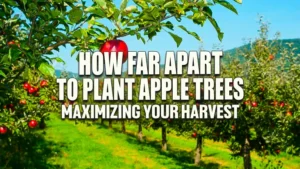




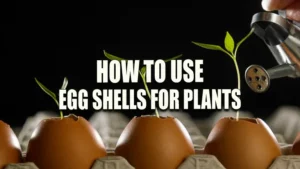

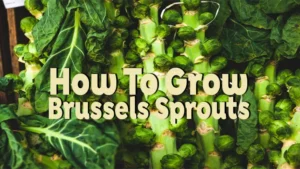




As a new homesteader, I have found an invaluable mentor in my endeavours, looking forward to learning the tools of the trade. Thank you.
Vuyani
March 13, 2024 2:40 pm